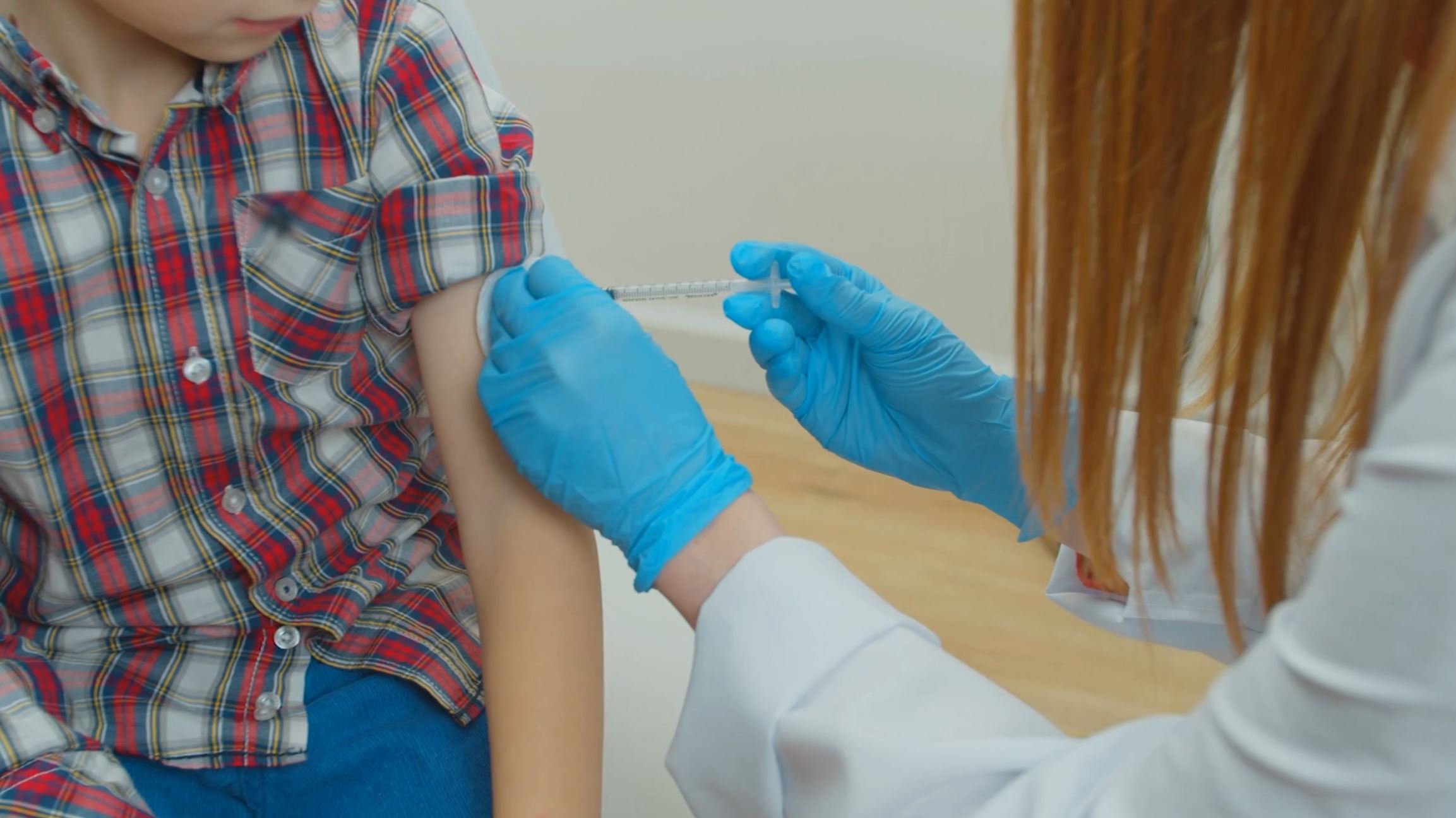
A globally recognized ambassador of French vineyards, Champagne is inseparable from major events such as weddings or birthdays. The sound, smell, and taste of the cork are incomparable, and its bubbles stand out in their subtlety. But champagne bubbles are also distinguished by other aspects. In a narrow, slender flute, they rise one after another, forming long, straight, steady chains, as the bubbles of other soft drinks rise irregularly. How do we explain this privacy? Omar Atassi, of the Institute of Fluid Mechanics in Toulouse, and colleagues pinpoint the reasons for this unique behaviour.
When you open a bottle of champagne or any other soft drink, the internal pressure drops to equilibrium with the atmospheric pressure. Then carbon dioxide, previously dissolved, forms bubbles. A series of bubbles is generated continuously from a site of nucleation (usually a blemish or defect on the glass wall). Each bubble grows until Archimedes’ buoyancy overcomes the surface tension keeping it in the nucleation site. Then it begins to rise at a speed that depends on its volume and the properties of the liquid. A new bubble then materializes at the same starting point. Will this path follow the same path as the previous one, and so will everyone who follows it, forming a straight column of bubbles?
As the bubble rises to the surface, it creates turbulence in its wake. These vortices deflect the bubbles that follow them laterally. So their path is no longer straight. The disorder is controlled by a variable called the Reynolds number. The chain of bubbles becomes unstable if this number exceeds 10. However, in work dating back to 2000, the team of Gérard Leger-Bellier, of the University of Reims-Champagne-Ardennes, revealed That Champagne Reynolds number is also greater than 10! So why do champagne bubbles escape from turbulence?
Two hypotheses have been put forward: deformation of the bubbles, which will no longer be spherical, or their contamination with surfactant molecules that lower the surface tension at the interface between the gas-liquid bubble. To study these two methods, Omar Atassi and colleagues performed experiments and simulations by varying two parameters: the size of the bubbles and the amount of surfactant molecules in the liquid.
They effectively showed that larger bubbles, which deform more easily, stabilize the bubble chain. But in the case of Champagne, it’s too young to make it into this stabilization system. Researchers have proven that it’s actually the surfactant molecules—the fatty acids from champagne—that are at the root of the straight tracks.
If the role of surfactant molecules in the dynamics of champagne bubbles is new, we already know about their other advantages. When the bubbles burst on the surface of the liquid, they throw droplets rich in these molecules towards the taste buds, which contribute significantly to the taste and sensation of freshness of the champagne.
These results have a range beyond soft drinks alone. Many industrial processes, for example in wastewater treatment, use bubbles. A better understanding of the conditions under which stable chains will form or disperse would improve the effectiveness of these devices.
Download a PDF version of this article
(for digital subscribers only)






